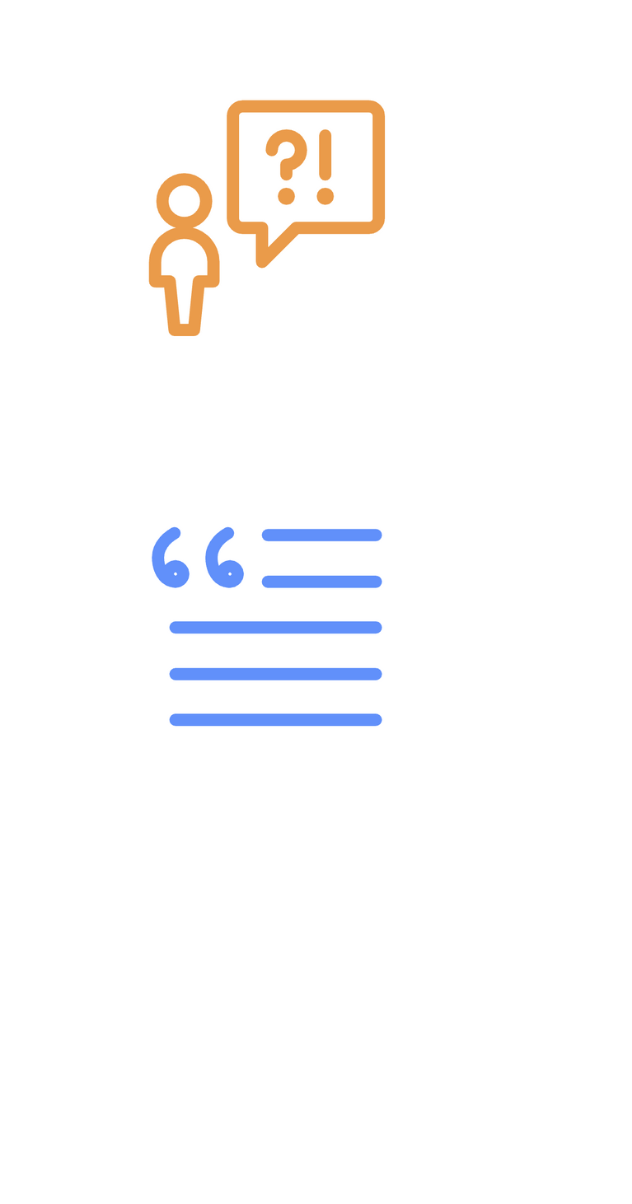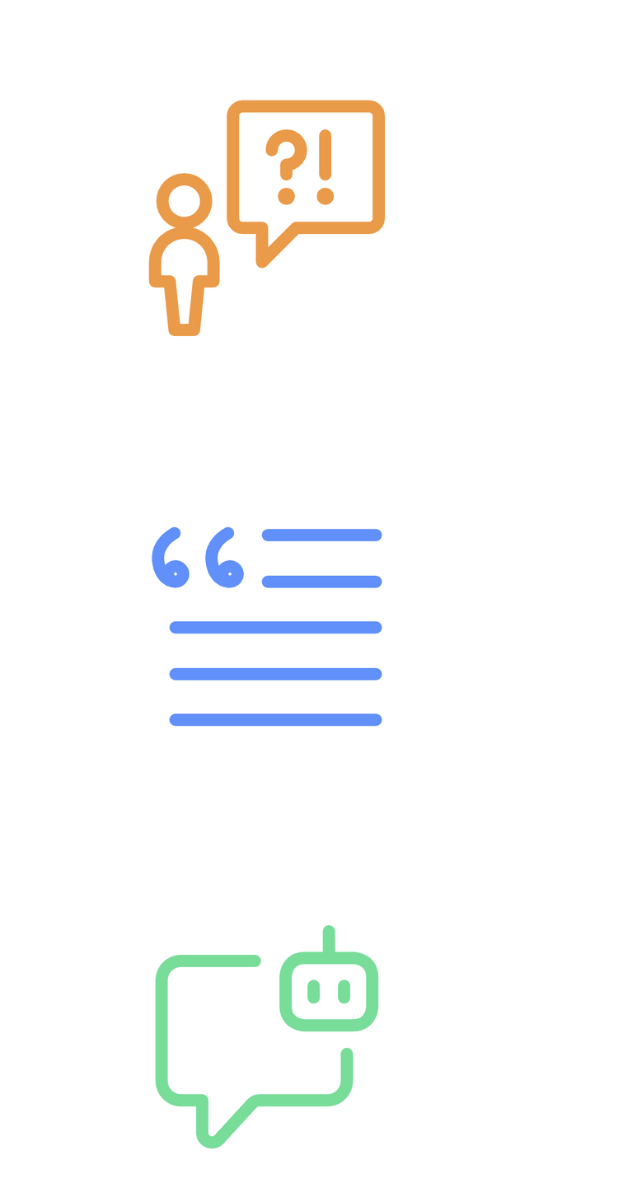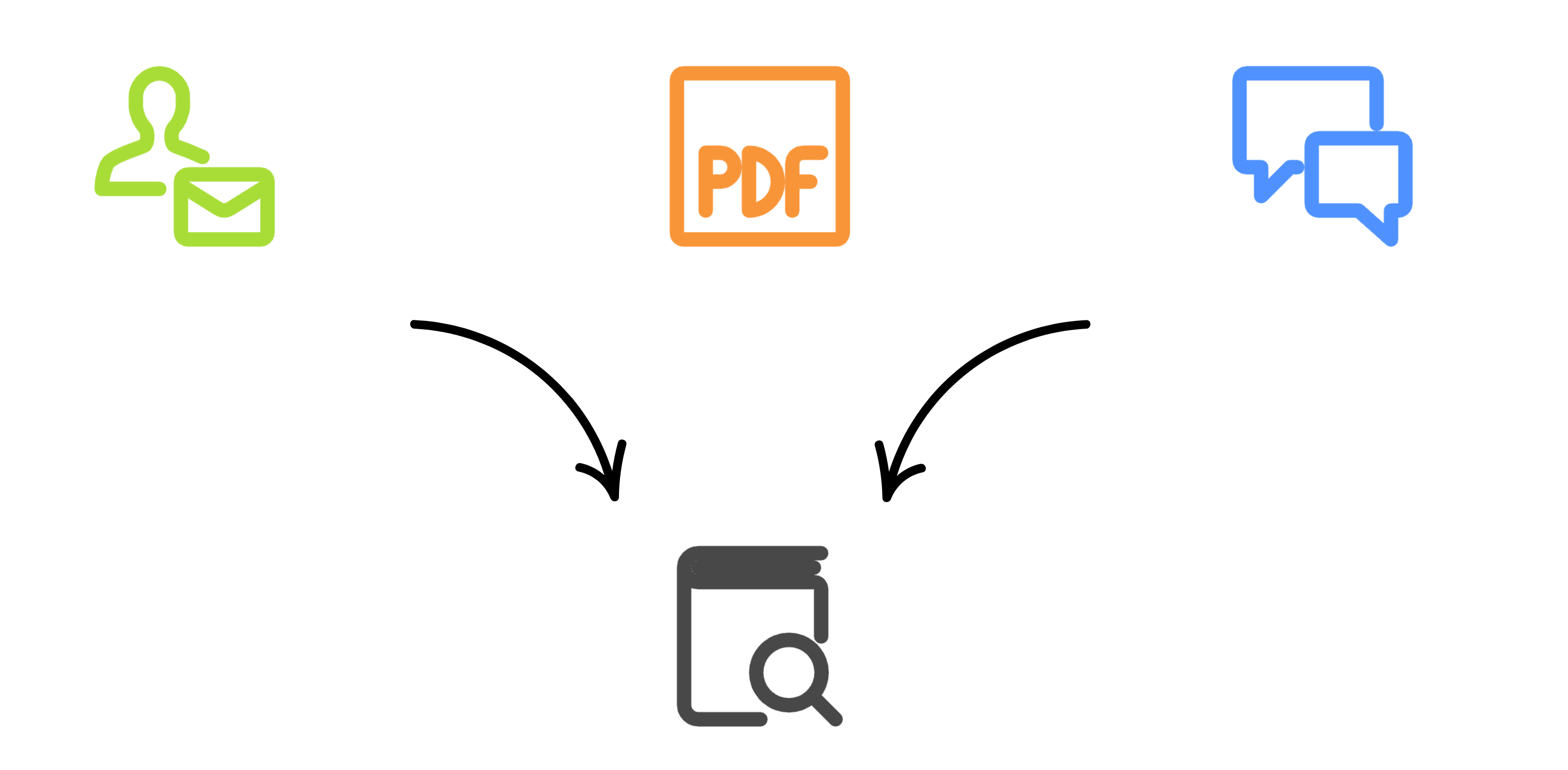Generating text with language models
Introduction to Amazon Bedrock

Nikhil Rangarajan
Data Scientist
Sending prompts to language models
- Prompt: the input text you send to the model
- "Explain how AWS Lambda works"

Sending prompts to language models
- Prompt: the input text you send to the model
- "Explain how AWS Lambda works"
- Completion: the text generated by the model
- "AWS Lambda is a serverless compute service that..."

Sending prompts to language models
- Prompt: the input text you send to the model
- "Explain how AWS Lambda works"
- Completion: the text generated by the model
- "AWS Lambda is a serverless compute service that..."
- Response:
- Generated text (completion)
- Metadata (tokens, model info)
- Status information

Applying basic prompt engineering techniques
- Techniques for better results:
- Clarity and specificity: write detailed and precise instructions
- Role assignment: give a persona to improve contextual understanding
- Formatting instructions: add constraints to guide the response
"Explain the benefits of exercise
in simple terms."
"You are a nutritionist. Explain the
benefits of a balanced diet."
"List the top 3 benefits of cloud
computing in bullet points."
Advanced text parsing techniques
- Handle missing or unexpected keys
data = json.loads(response['body'].read()) if 'completion' in data: output = data['completion']else: output = "Key not found"
- Multi-Level JSON Parsing to navigate deeply nested structures
try: nova_output = data.decode()["output"]except (KeyError, IndexError) as e: nova_output = f"Error: {str(e)}"
Response processing and text handling
- Unicode or encoding issues: handle special characters in text responses
# Ensure proper encoding output = data['completion'].encode('utf-8').decode('unicode_escape') print(output) - Processing large responses: split or truncate large outputs for usability
# Truncate response for display output = data['completion'][:500] # Limit to 500 characters print(output)
Category extraction with Bedrock
- Example: classifying text data
- Use structured prompts with clear category options
- Provide explicit instructions for single-category output
- Process model responses efficiently
- Result: Accurate text categorization

Category extraction with Bedrock
def categorize_ticket(ticket, categories): prompt = f"Categorize into one: {', '.join(categories)}. Ticket: {ticket}" response = bedrock.invoke_model( modelId='amazon.nova-micro-v1:0', body=json.dumps({"messages": [{"role": "user", "content": [{"text": prompt}]}]}))return json.loads(nova_response.get("body").read().decode())["output"]
{"output": {"message": {"role": "assistant","content": [
{
"text": "Customer Service"
}]}, "stop_reason": "stop_sequence"}}
Let's practice!
Introduction to Amazon Bedrock

